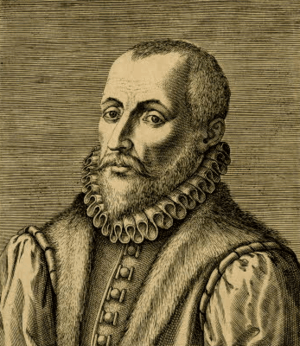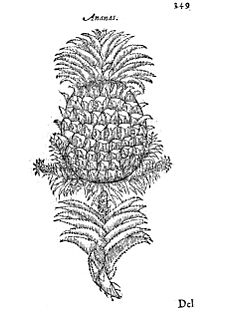Cristóbal Acosta facts for kids
Quick facts for kids
Cristóvão da Costa
|
|
|---|---|
 |
|
| Born | c. 1525 Tangier or Portuguese Cape Verde
|
| Died | c. 1594 Huelva, Spain
|
| Nationality | Portuguese |
| Occupation | Physician and naturalist |
Cristóvão da Costa (also known as Cristóbal Acosta or Christophorus Acosta Africanus) was a Portuguese doctor and a natural historian. He lived from about 1525 to 1594. He was one of the first people to study plants from the East, especially how they were used as medicine. He worked with other important doctors, Tomé Pires and Garcia de Orta, who also studied medicine in India. In 1578, Cristóvão da Costa published a famous book about medicinal plants from the East called Tractado de las drogas y medicinas de las Indias Orientales.
Cristóvão da Costa's Life
Cristóvão da Costa was probably born in Africa around 1525. He might have been born in Tangier, Ceuta, or Portuguese Cape Verde. We don't know the exact place or date of his birth. He often said he was African. He likely studied in Salamanca, a city in Spain.
Travels to India
In 1550, Cristóvão da Costa first traveled to the East Indies as a soldier. He was involved in some battles and was even captured in Bengal. After he returned to Portugal, he went back to India in 1568. This time, he went with Luís de Ataíde, who was a very important leader called the viceroy of Portuguese India.
Cristóvão da Costa worked as the viceroy's personal doctor. In 1569, he became a doctor at the royal hospital in Cochin. There, he even had the chance to treat the king of Cochin! By 1571, he was known for collecting different kinds of plants from all over India. He returned to Portugal in 1572 when the viceroy's time in India ended.
Life in Spain and His Famous Book
From 1576 to 1587, Cristóvão da Costa worked as a surgeon and then a doctor in Burgos, Spain. It was in Burgos, in 1578, that he published his important book. The book was called Tractado de las drogas y medicinas de las Indias orientales. This means "Treatise of the drugs and medicines of the East Indies."
In his book, he wrote that he traveled to India because he wanted to find "learned and curious men" and "to see the diversity of plants God has created for human health." This shows he was very interested in learning and discovering new things.

His book was later translated into Italian in 1585. Parts of it were also translated into Latin by a famous scientist named Charles de l'Ecluse. These parts were included in a larger book of exotic plants.
Cristóvão da Costa's book was not completely new. It used a lot of information from an earlier book by Garcia de Orta. However, Costa's book became more famous because it had 23 woodcut pictures. Garcia's book was very rare and had only about ten copies in Europe. Costa's book also included a section about the Asian elephant, which was probably the first time this animal was described in a European book.
Cristóvão da Costa also wrote another book called Tractado de la yerbas, plantas, frutas y animales. Sadly, this book is now lost.
After his wife passed away, Cristóvão da Costa decided to live a quiet life in a hermitage. He died in 1594 in Huelva, Spain.
See also
 In Spanish: Cristóbal Acosta para niños
In Spanish: Cristóbal Acosta para niños
- Cristóvão da Costa

